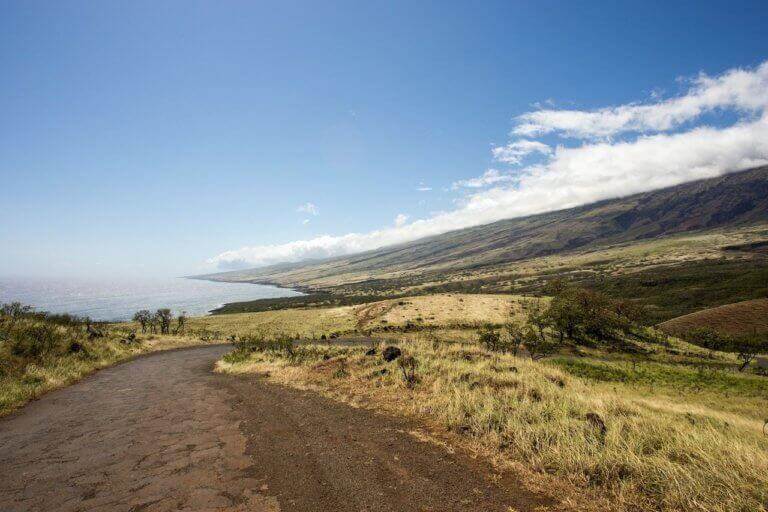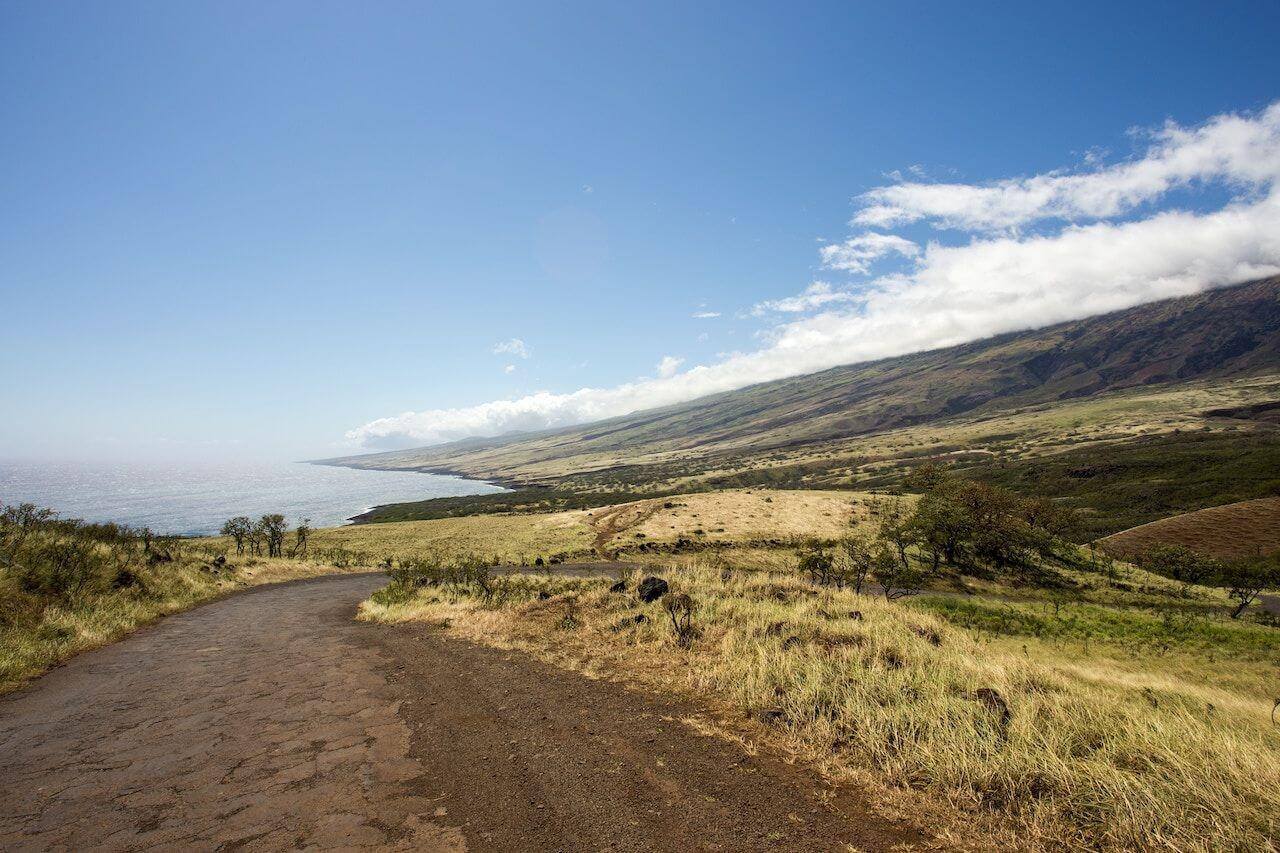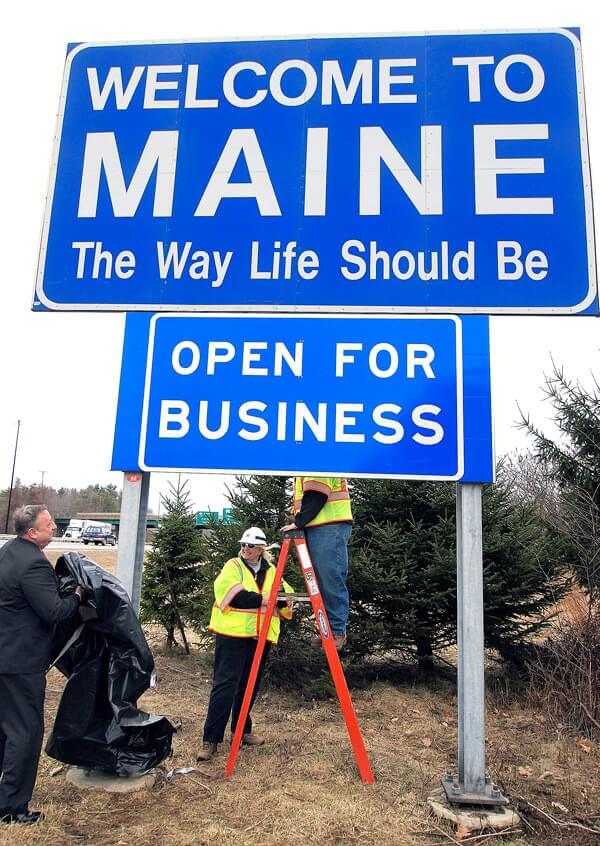
Not everyone embraces the advantages of billboard advertising in this current competitive climate. Even though we’re so used to seeing billboard ads spring to life in our familiar environments, there are those places that have no room at the table for this advertising channel. Marketers and advertisers are being restricted to get their messages across in places like Maine, Vermont, Hawaii, and Alaska. Political campaigns and smaller businesses have a tougher time putting themselves out there on channels that just don’t have the same reach or impression count as billboards do. Let’s talk about the reasons why there are no billboards ads in Maine, Vermont, Hawaii, and Alaska, starting with the state that banned it first.

No Billboards in Hawaii
The first state to ban billboards was Hawaii back in the 1920s. Over 8 million tourists visit Hawaii each year, due to its ethereal beauty and land desirability. Could this be due to the fact that there aren’t any billboards obstructing its natural appeal? Possibly. The Aloha State has preserved its rooted history through initiatives started by the Outdoor Circle, which is an organization that pioneers the removal of aerial advertising. The main reason being why Hawaii has decided not to erect billboards is to maintain its gorgeousness, but there is an unintended consequence from this.
Politicians in Hawaii aren’t able to promote their candidacy through outdoor signage, limiting their potential voters. A political candidate by the name of Charles Campbell took matters into his own hands in 1968 by waving handmade signs to cars along the highway in hopes of getting his political platform out there. This created a unique form of outdoor advertising in Hawaii called sign waving, and political candidates of the future continued to use this method as a replacement to billboards. People in Hawaii will carry signs along highways and byways with the names of their chosen political representatives. The iconic “shaka” hand signal is the first step in alluring potential Hawaii voters, because it’s so aligned with their relaxed culture.

No Billboards in Vermont
Another state to ban billboards altogether is Vermont, dating back to 1968. A landmark anti-billboard law has resulted in the sight of open, untouched landscapes. Like Hawaii, a gentleman by the name of Ted Riehle was adamant on preserving the natural beauty of the state. Being the owner of Savage Island, Riehle was an influential figure in Vermont who had the power to persuade many to see why billboard advertising shouldn’t belong in his town. The law stating why billboards aren’t relevant in Vermont is summed up in saying, “We need to provide information to the traveler, but do not want to compromise our natural scenery. Tourism is the number one industry in the state. And the lack of advertising is one of the most commonly reported things visitors appreciate about Vermont.” (Gibson 2012). The positive feedback from tourists about the absence of billboards maintains the normalcy of this standard law in Vermont.

No Billboards in Maine
In the early 80s, Maine got on board to eliminate billboard advertising from their marketing efforts. Governor James B. Longley signed into law an act that removed about 8500 billboards from the roads in the state. Prior to the early 80s, Maine highways were littered with billboards promoting products like cigarettes and confectionary food. Following in Vermont’s footsteps, the state saw that tourists were drawn to Maine because of its natural legacy so they decided to put a billboard ban of their own in place. Dana Connors, President of the Main State Chamber of Commerce, admitted that part of Maine’s quality of place was that there aren’t any billboards deteriorating its satisfaction.

No Billboards in Alaska
By state referendum, Alaska banned billboards in 1998. Their law doesn’t allow for the creation of advertising within 660 feet from the highway, including all state-owned roads. However, after plenty of lobbying, business groups managed to pass a law that allowed for 1.5′ x 7.5′ directional signage placed on private lands next to public roads. The Alaska Visitors Association have been working hard to fight the repeal, saying that billboard advertising that’s directional is important for businesses in Alaska to carry on. The government and political forces in Alaska have been back and forth about billboard advertising, however once a political message in the shape of a billboard is erected it’s immediately removed. The battle of billboard advertising in Alaska is still fought about to this day, but one of the main reasons for its ban is due to preserving scenic attractions.
After looking at the familiar reasons why billboards aren’t thriving anytime soon in Maine, Vermont, Hawaii, and Alaska, it should be pointed out that high tourism around the globe certainly isn’t affected in the same way because of billboard promotion. Though these states won’t budge, other areas know billboard advertising is a profitable piece of business.
References:
Gibson, Nathaniel (2012 April 30). Challenge of the times: Vermont’s billboard regulations in the age of digital advertising – Rutland Herald Article. Montpelier-Barre Times Argus. Retrieved from: http://www.nathanielrgibson.com/challenge-of-the-times-vermonts-billboard-regulations-in-the-age-of-digital-advertising-rutland-herald-article/2012/04/30/


